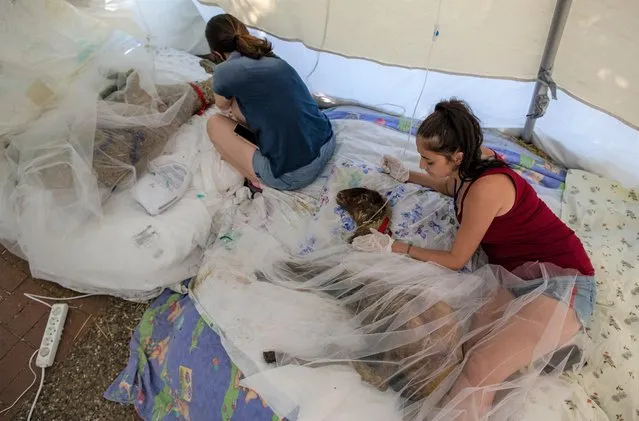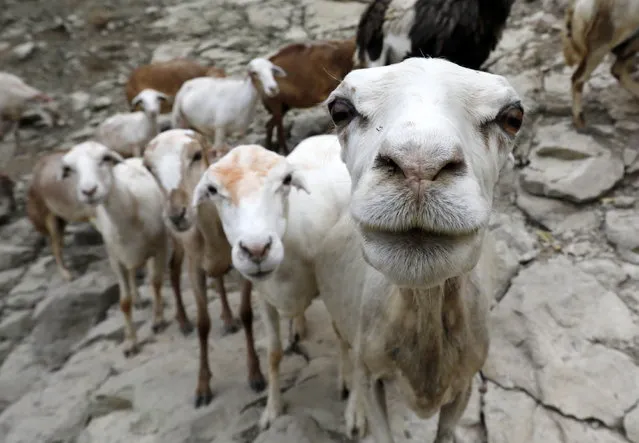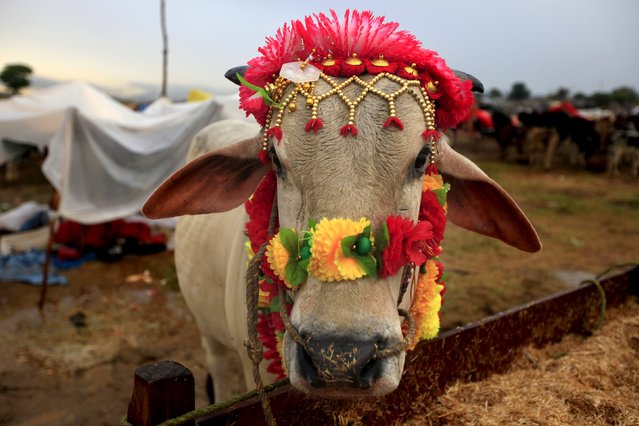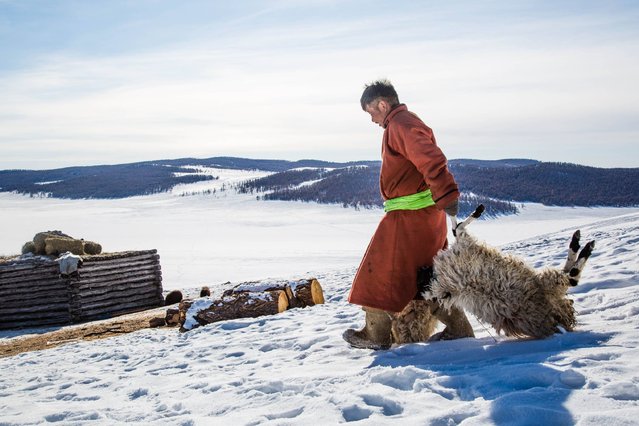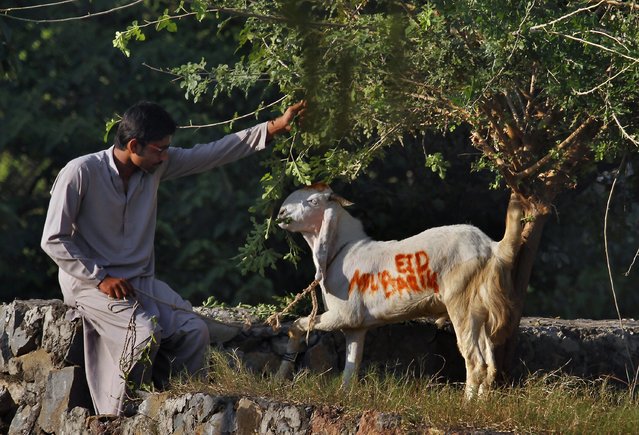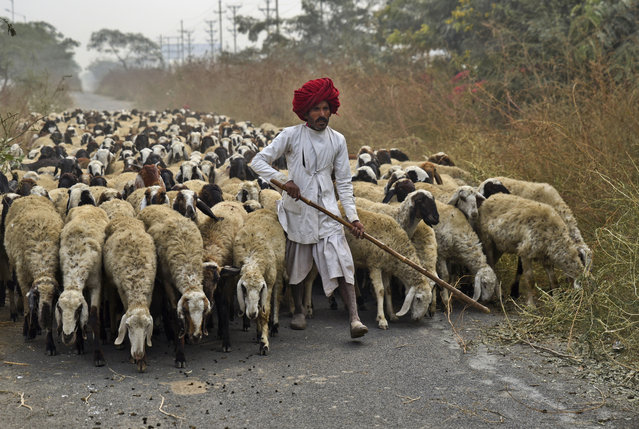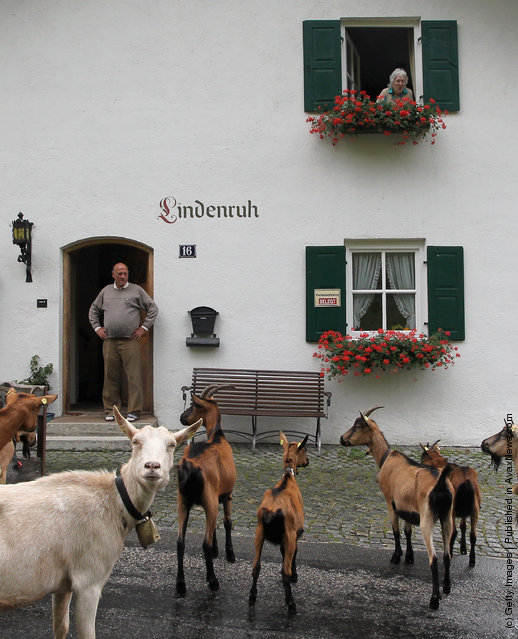
MITTENWALD, GERMANY - SEPTEMBER 04: A man and a woman watch goats during a goat drive down the Alps on September 4, 2010 in Mittenwald, Germany. Every year cows, sheep and goats are driven down the mountains in September after they spent about four months on the grazing lands in the Bavarian mountains. (Photo by Alexandra Beier/Getty Images)
16 Nov 2011 18:22:00,post received
0 comments

